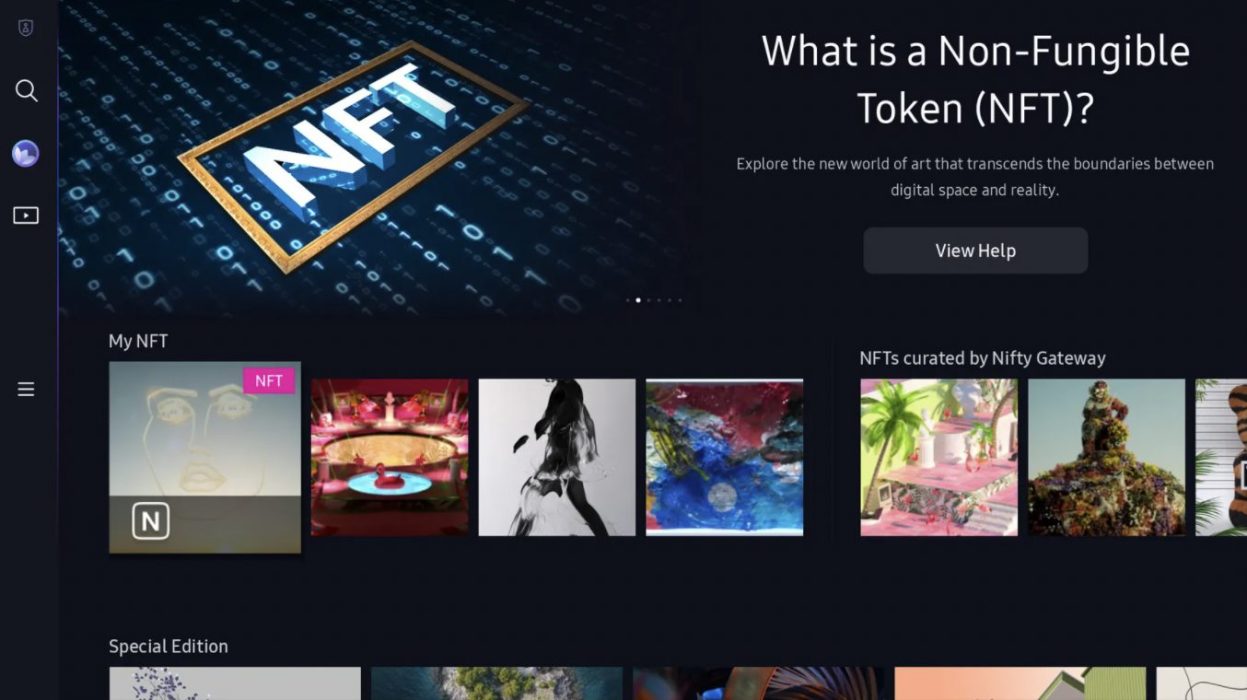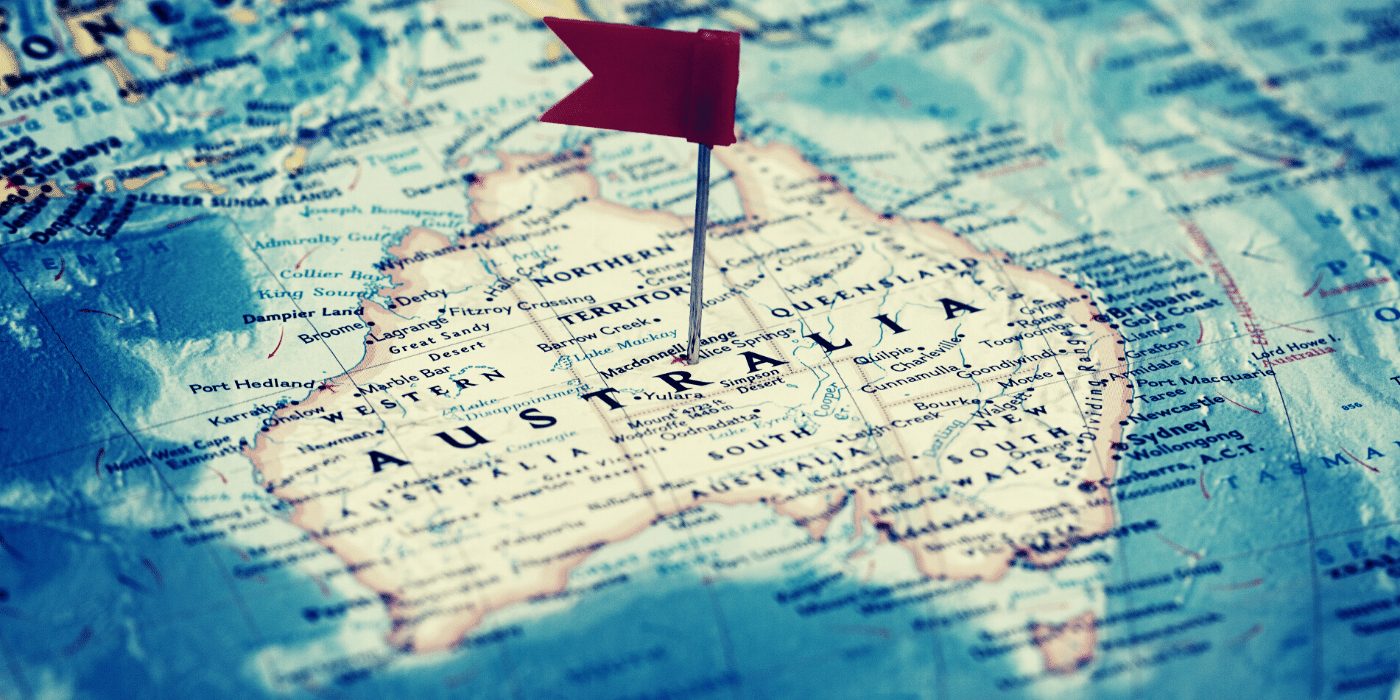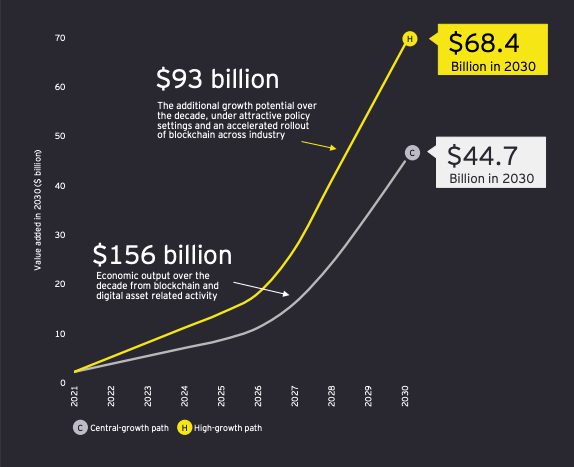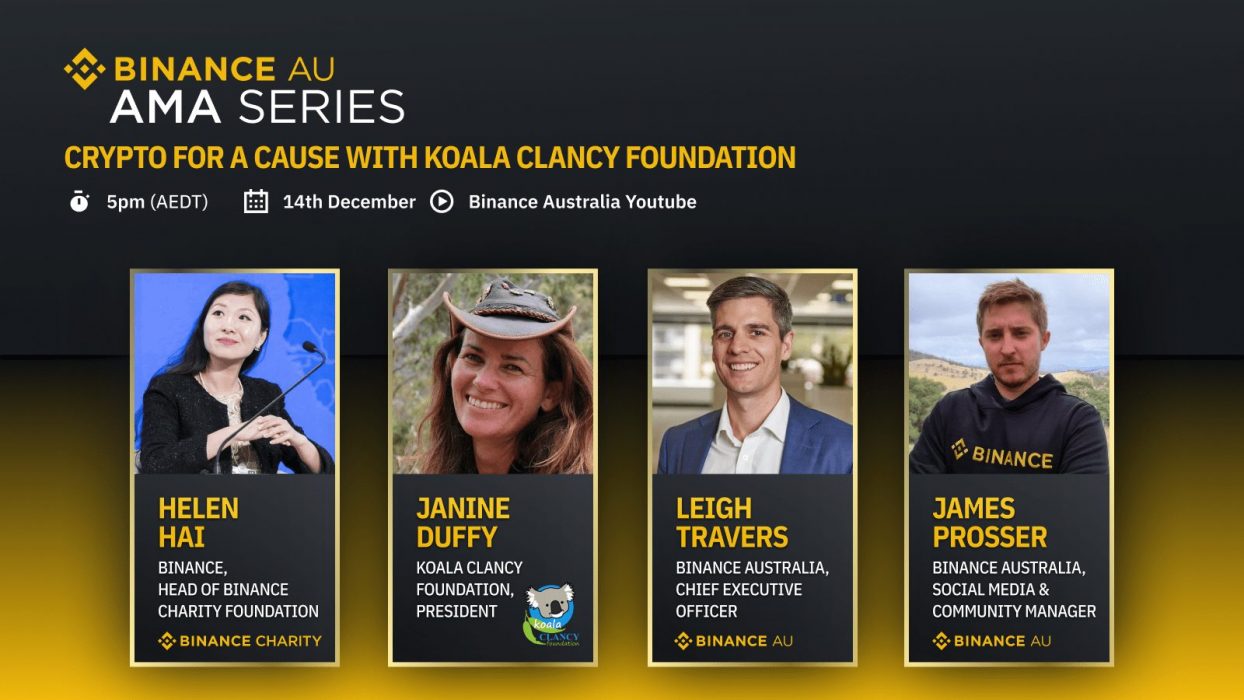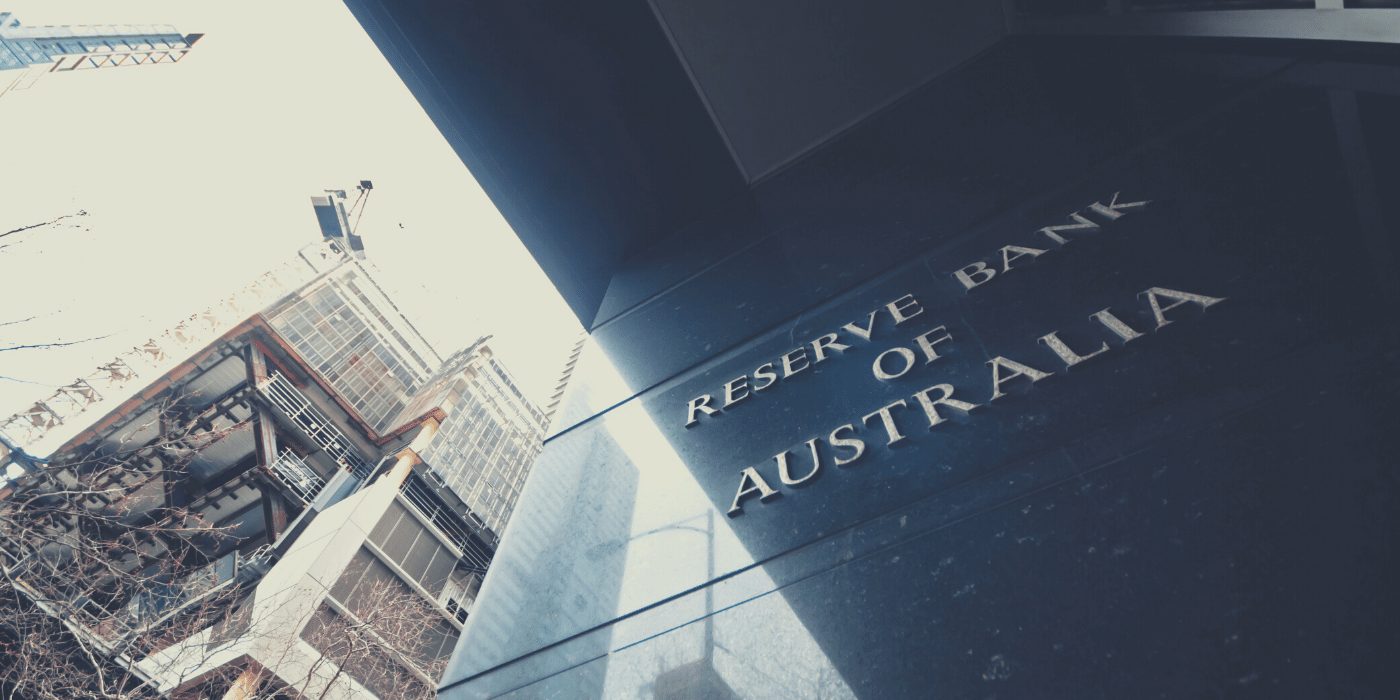In a world first for top-level international tennis, the Australian Open – the 2022 season’s first Grand Slam tournament – is set to combine non-fungible tokens (NFTs) with on-court action as the event gets under way in Melbourne from January 17.
The AO, as it’s popularly known, is releasing a collection of 6,776 NFTs that align with tiny squares on the tournament’s centre court surface, along with a virtual event on the metaverse platform Decentraland.
Fans Can Buy a Piece of the Action
Fans can literally buy a piece of the action via an NFT that gives them “property” rights to a 19cm x 19cm area of Melbourne Park’s Rod Laver Arena. They stand to win a prize should the last bounce of the ball fall into their square on the deciding point in any of the approximately 600 matches during the tournament, including men’s and women’s singles, doubles, mixed doubles and wheelchair events.
From day one of the AO, fans will be able to access the virtual centre court via Decentraland, “walk around” it using a keyboard and mouse, watch the tennis action on big screens as they go, and later buy souvenir items in an online shop. They can even enter the virtual Rod Laver Arena and play a game with a simulated tennis ball machine.
Every winning shot from the tournament’s 600 matches will correspond with one of the collection’s NFTs. Owners will receive an airdrop with footage of the point, virtual wearables and AO merch. The data extracted to match the NFTs will be gleaned from the same electronic line-calling technology used to judge actual in-game points.
If the winning point happens to take place in a final, the owner of the NFT square on which the ball lands will receive the actual ball in a custom engraved case. The AO has partnered with metaverse design firm Run It Wild for the event’s construction.
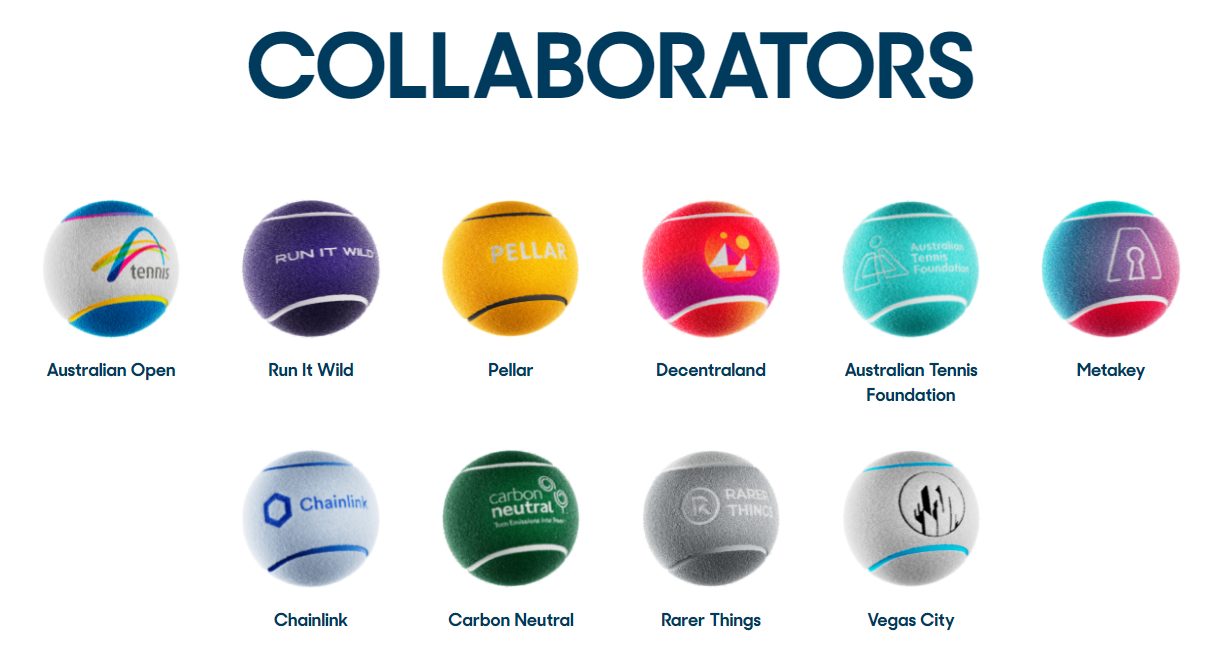
How to Participate
The court location for each NFT will be determined after the collection’s minting, which takes place from 10am AEDT on January 13 for 0.067 ETH (US$225, or A$315) each. Details can be found at the ao.artball.io site.
Out of the total of 6,776 NFTs:
- 169 will feature custom designs from winners of the AO Artist Series competition;
- 22 will be wrapped in historical AO artwork; and
- the remaining 6585 will be randomly created using an algorithmic combination of unique colour schemes, patterns and textures.
Tennis Australia expects to raise A$2.4 million if all of the NFTs sell, with the majority of funds going to charitable causes, the Australian Tennis Foundation and carbon offsetting.
If last year’s wildfire success of sports trading cards in Australia is any guide, the AO’s innovative NFTs are bound to be a … hit.



